Horner’s syndrome is a neurological condition that can affect people and animals, including pets and livestock. This syndrome manifests through a distinct set of signs that result when the sympathetic nervous system is disrupted. While the underlying mechanisms are similar across species, the presentation and management of Horner’s syndrome varies widely in different animals.
What is Horner’s syndrome in animals?
Horner’s syndrome results from damage to the sympathetic nerves that innervate the eye and surrounding structures. These nerves control various functions and cause the pupils to dilate, eyelids to open, and third eyelids to drop. When the sympathetic nervous system is damaged, the parasympathetic nervous system takes over and produces opposite effects that appear as Horner’s syndrome signs. Depending on the nerve damage location, one or both sides of the face can be affected, with changes in the eyes, eyelids, ears, and nose.
What signs does Horner’s syndrome cause in animals?
Horner’s syndrome signs vary among species and depend on the sympathetic nerve damage location. Affected animals may exhibit a combination of signs that include:
- Constricted pupil (i.e., miosis)
- Upper eyelid drooping (i.e., ptosis)
- Sunken eye appearance (i.e., enophthalmos)
- Inability to sweat normally (i.e., anhidrosis)
- Third eyelid prolapse (i.e., nictitating membrane)
- Facial asymmetry
Depending on the nerve damage location, the animal may develop other signs, such as:
- Behavioral changes
- Forelimb weakness or paralysis
- Neurologic deficits
- Cranial nerve abnormalities (e.g., abnormal vision tests, difficulty chewing)
- Staggering gait (i.e., ataxia)
- Increased pink color and warmth of the ear and nose on the affected side
What are the causes of Horner’s syndrome in animals?
In animals, Horner’s syndrome can be caused by a range of underlying conditions, including trauma, tumors, inflammation, vascular disease, or idiopathic reasons. Identifying the underlying cause is crucial to determine appropriate treatment and prognosis.
Horner’s syndrome in cats and dogs
Horner’s syndrome is relatively common in cats and dogs and is seen across various breeds and ages. Dog breeds most commonly affected include golden retrievers, Labrador retrievers, Dobermans, Weimaraners, shelties, and collies.
Common causes of Horner’s syndrome in pets include:
- Blunt trauma
- Bite wound
- Pulling too hard on the leash
- Blood clot
- Middle or inner ear infections
- Vestibular disease
- Eye diseases
- Intervertebral disc disease
- Diabetes
- Tumors affecting the sympathetic nerves
Diagnosis typically involves thorough neurologic, otic, and ophthalmic examinations to help pinpoint a cause. Medically induced dilation of the eye can help determine if the sympathetic nervous system pathway is damaged by assessing the length of time required for the eye to dilate. Tests including blood work, urinalysis, and ear cytology, as well as supplemental diagnostic imaging, including chest and neck X-rays or MRI and CT scans, are often performed to help rule out potential causes.
In dogs, about half the cases are labeled as idiopathic, meaning they have no known cause. Most remaining cases are attributed to middle or inner ear infections.
In cats, a cause for Horner’s syndrome is almost always found and idiopathic cases are extremely rare. Many cats who develop Horner’s syndrome have a history of a traumatic accident, such as being struck by a vehicle.
Treatment depends on the cause and may include addressing any underlying conditions, supportive care, or surgical intervention for tumors. In idiopathic cases, Horner’s syndrome typically resolves on its own in several weeks.
Horner’s syndrome in horses
In horses, Horner’s syndrome is seen less frequently than in cats and dogs. Horses with Horner’s syndrome can sweat on the face and neck of the affected side, leading to hair loss, which is a noticeable difference from other animals. The affected ear may also droop.
Horner’s syndrome causes in horses can include:
- Head or neck trauma (e.g., fractured bones, soft tissue injuries, wounds)
- Perivascular administration of certain medications
- Dental disease
- Local infections
- Foreign bodies
- Guttural pouch infections
- Brachial plexus disease
- Tumors affecting the sympathetic nerves
Diagnosis may involve a combination of a thorough physical and neurological exam, X-rays, endoscopy, and ultrasonography. Treatment focuses on addressing underlying causes and providing supportive care, as Horner’s syndrome signs can last for months before resolution.
Horner’s syndrome in cattle
Horner’s syndrome is rare in cattle but can result from traumatic injuries, infections, cervical cellulitis, or tumors affecting the sympathetic nerves. Horner’s syndrome signs in cattle include a notable loss of sweating on the affected side muzzle.
Diagnosis often requires a thorough physical examination, including ophthalmic evaluation and imaging studies, if necessary. Treatment involves addressing the underlying cause and providing supportive care.
Horner’s syndrome is a neurological condition that can affect animals across different species but is more commonly known for the ocular changes that appear in cats and dogs, and sweating abnormalities in large animals. By understanding the key differences among species, you can detect Horner’s syndrome early in your pet and enlist veterinary assistance sooner.
If you spot any changes in your pet’s eyes or surrounding features, they may have developed an ocular or neurological condition. Schedule an appointment with our Envision More Veterinary Ophthalmology team to discover and treat the cause of your four-legged friend’s eye changes.

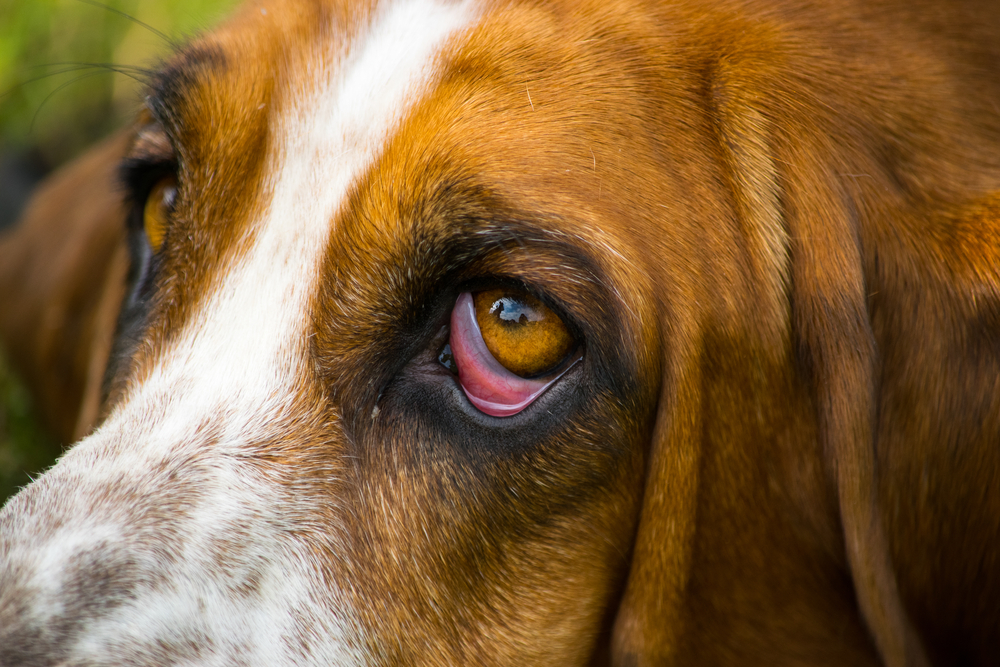
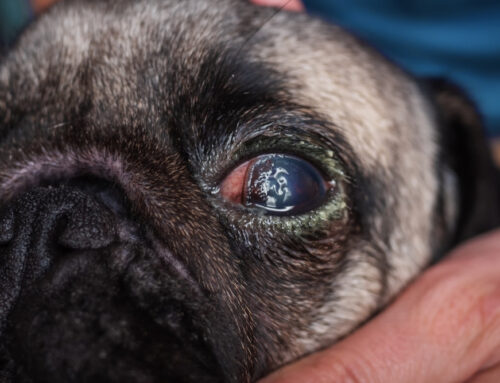
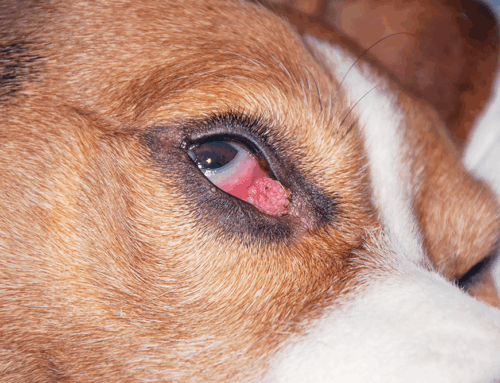
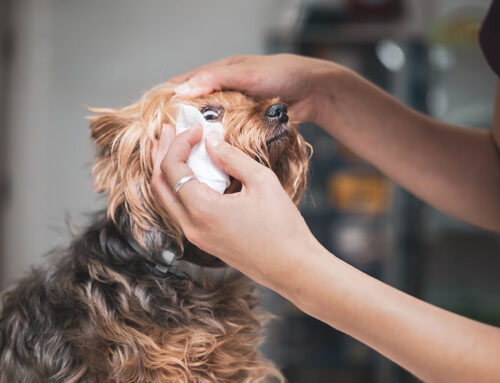
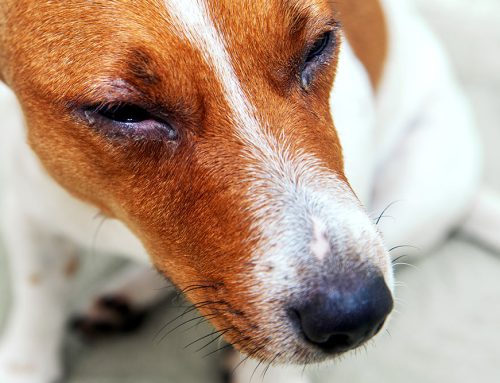

Leave A Comment